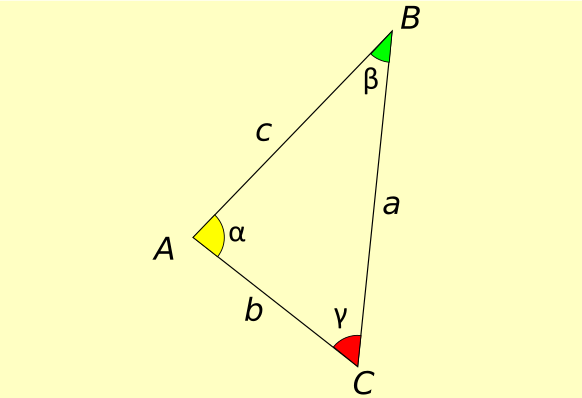In this lesson, we deal with the operations of sum and difference between vectors and the product of a vector using a scalar, working in . As special cases, we will consider the plane and space, marked respectively
A,
where the operations of sum and difference between vectors can also be solved geometrically using the parallelogram rule or the tip-to-tail method.
For each operation, we give a definition, list various properties, and show some examples explaining how the parallelogram rule and the endpoint method are applied to plane and space vectors. If you haven’t already done so, we recommend that you check out our lesson on vectors before you start.
Sum and difference between vectors
Let A be
two vectors
.
1) There, the sum between vectors is an internal operation

which joins the vectors A
a new vector, said sum vector whose components are given by the sum of the components of z
and z
![]()
2) Operation difference between vectors is a law that is related to vectorsA
The difference vector
whose components are given by the difference of the respective components.
![]()
An example of the sum and difference of vectors
Calculate the sum and difference of the vectors

Design :

Algebraic sum of vectors
It is customary to define the difference between two vectors A
as the sum
and inverse of
. In symbols
Where it has as components the opposites of the components,
so to speak, the components
change sign.
The difference between vectors is thus nothing but a sum, and it is for this reason that we do not speak of a sum and a difference, but simply of an algebraic sum between vectors.
Graphical methods for sum and difference between vectors
We now describe two methods by which it is possible to graphically identify the sum vector and the difference vector associated with two aircraft or space A vectors
.
Parallelogram rule
Let them be the representative of the carrier
AND
the representative of the carrier
.
To find the sum vector and the difference vector
with the parallelogram rule, proceed as follows:
– by moving (which leaves the module, direction and direction unchanged) we move the oriented segment so that its origin
coincides with the origin
of the oriented segment
;
– we construct a parallelogram that has two segments as sides A
.
The sum vector is a directed segment while the difference vector is
each of which coincides with a diagonal of the parallelogram from which the name of this graphical method derives.

Sum and difference of two vectors with the parallelogram rule
Tip-tail metoda
Before we talk to you about the tip-to-tail method, it is good to clarify that the tail of the applied vector is its point of application, while by tip we mean its final end, which corresponds to the tip of the arrow.
Let A be
two vectors of a plane or space.
To determine the sum vector by the tip-to-tail method, we must translate the vector so that its tail coincides with the tip
.
The vector sums that is what joins the tail
with the tip
.

The sum of two vectors using the tip-tail method.
To find the difference vector, we need to find the opposite of the vector which has the same magnitude and the same direction as
but in the opposite direction and proceed in the same way using the vectors
A
.
The sum property between vectors
Below we have given the properties of the algebraic sum between vectors, which implies with any three vectors
with
any.
1) Commutative property
2) Associative property
![]()
3) Neutral element: the zero vector acts as a neutral element of the sum, i.e.
4) Existence of the opposite: for every vectorthere is one and only one vector, called opposite to Z
it is implied
that
![]()
For those who studied university algebra, these properties allow us to state that they are a commutative group, also known as an Abelian group .
The product of a vector and a scalar
Let them be a real number, which from now on we will call rise A
vector
.
The product of a scalar and a vector is an external operation

than associates to the pair a new vector whose components are obtained by multiplying each
climbing component by
.
![]()
An example of the product of a vector by a scalar
Let them be ![]() . Calculate the product of the vector
. Calculate the product of the vector and the climb
.
Design :

A geometric method for the product of a vector and a scalar
I is a plane or space vector other than the zero vector, the
climbing product of
A:
– zero vector if
If not, then if ,
is a vector that has:
— direction : same as vector ;
— against : the same as me
, the opposite of
me
;
— modulus : given by the product of the absolute value for the form
or:
Product property of a vector and a scalar
We will end this lesson by communicating the properties of the product operation of a vector using a scalar, where we have indicated with A
any two scalars and with
two generic vectors
.
1) Distributive property of the product with respect to the sum between vectors:
2) Distribution property of the product with respect to the sum of scalars:
3) Properties of homogeneity
4) Existence of a neutral element:


